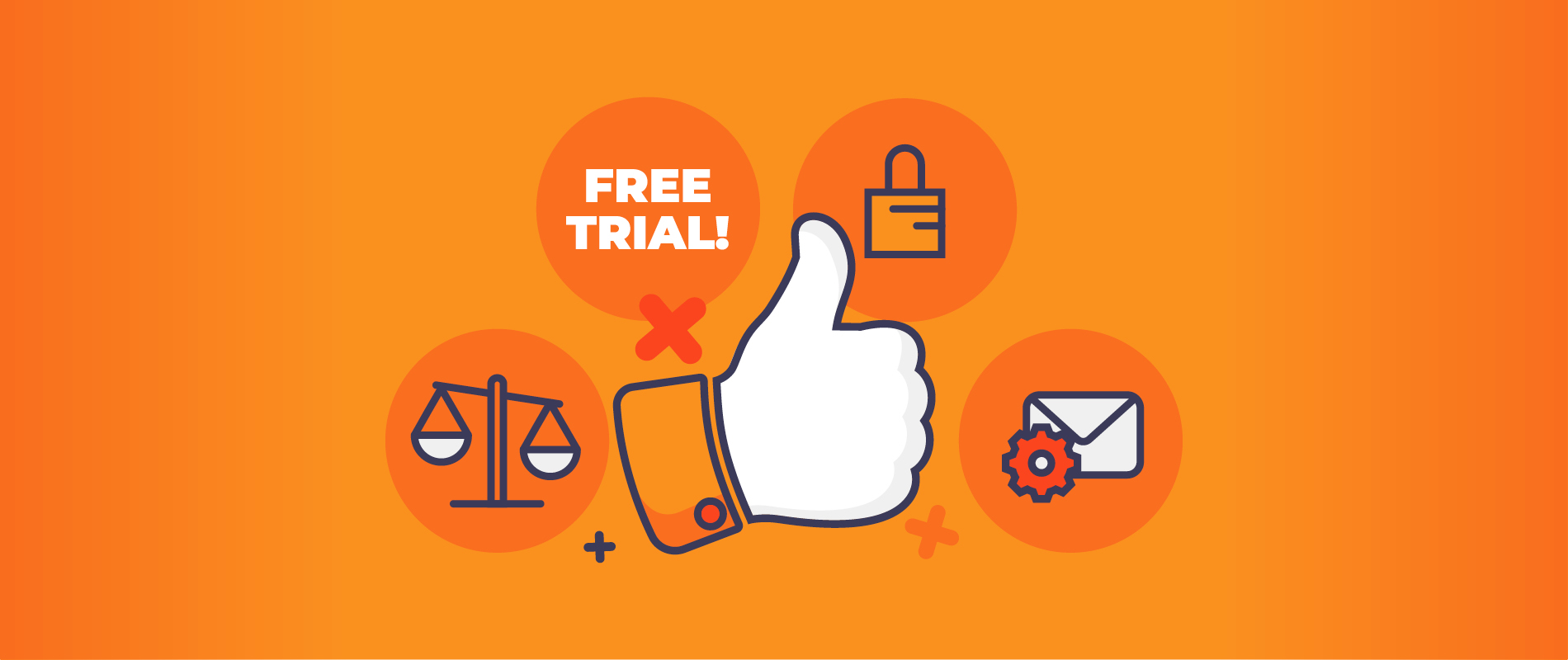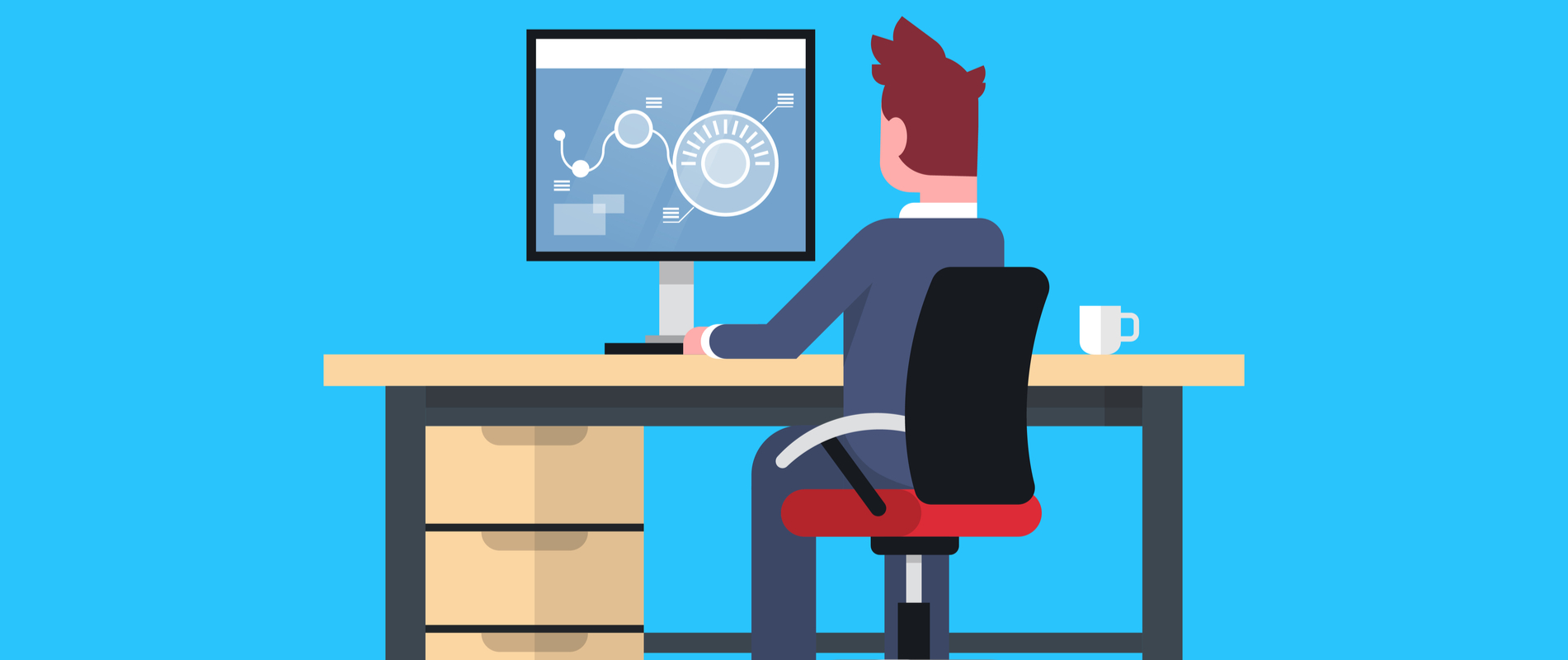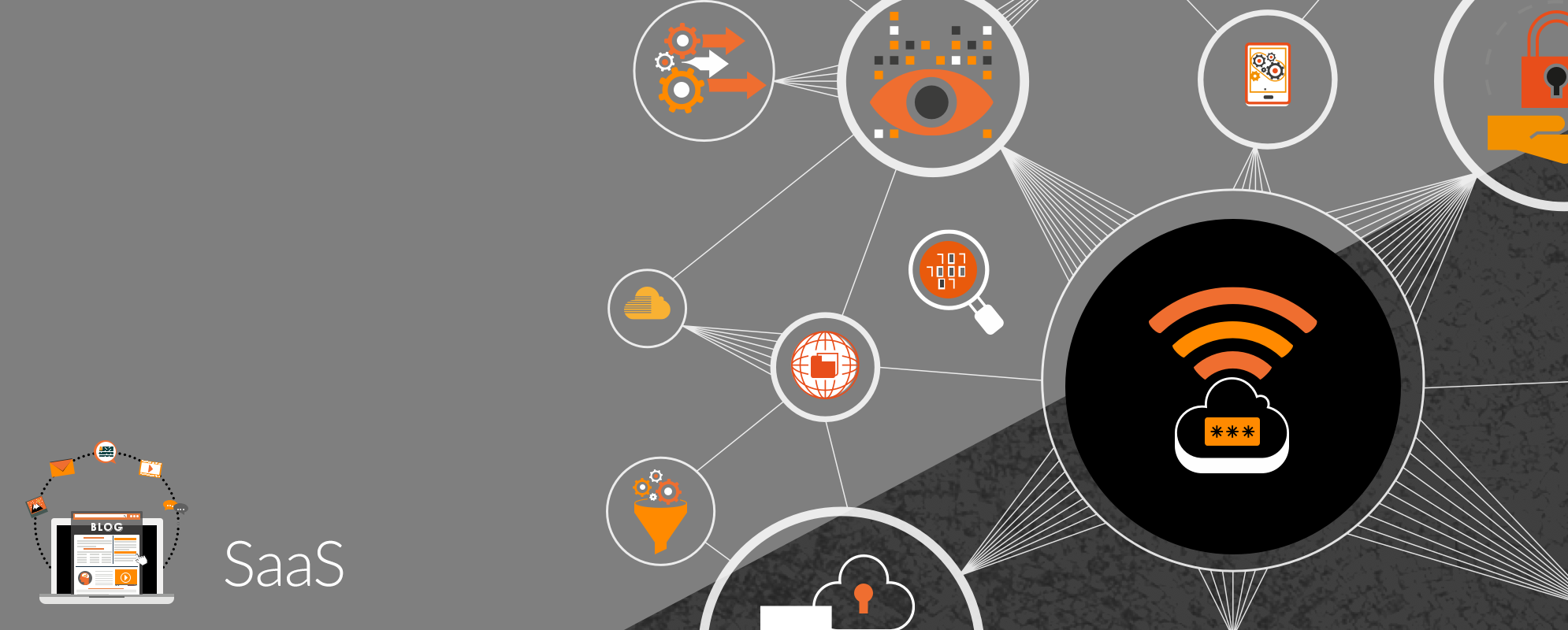
Get weekly
HubSpot updates
Free Trial or Freemium: you’re likely to have heard of these two strategies when trying to decide on your SaaS pricing model. But what are they, and which one is best for you?
Both Free Trial and Freemium are customer acquisition models, they aim to gain new customers by demonstrating the value of your product before the decision stage is reached.
These product-led strategies can help to reduce the cost of acquisition by moving the education factor away from your sales and marketing departments to the customer if implemented correctly.
Below, we have put together information and examples to help you consider which model will provide the best return for your product.
Free Trial versus Freemium: What is the difference?Before making any decisions, it’s first important to understand the difference between Free Trial and Freemium as an offering.
Free Trial Pricing Model
The Free Trial pricing model allows users to sign up and access all the features of your product for free. However, there is a time limitation – for example, a 14-day Free Trial. Once the trial period ends, the user will be required to pay for your product if they wish to continue their usage.
There are two ways you can approach your Free Trial:
Opt-in: Users can access your product without providing any upfront payment details. These are only collected once the user has made the decision to become a paying customer at the end of the Free Trial period. Companies use this approach to encourage sign-up; however, they may find that their conversion rate is lower.
Opt-out: Users can only access your Free Trial by providing payment information at sign-up. Usually, this approach sees payments automatically started at the end of the Free Trial, unless the user unsubscribes. This approach sees less encouragement at sign-up – but it can deliver higher conversion rates.
A Free Trial aims to capture interested users and demonstrates the product’s value during a limited time period in order to transform them into a paying customer. SaaS companies can use Free Trials to generate higher product engagement, which in turn can lead to longer customer lifetime and more revenue.
Freemium Pricing Model
Free + Premium = Freemium.
The Freemium pricing model splits users into two tiers: ‘free’ or ‘premium’, based on whether they are paying for your product or not.
For the free tier, users can access your product at no charge and with no time limit. However, there will be some kind of limitation to what the users can do. This limitation could be the features that the users can access, capped storage or usage, such as the number of people that can access the software, or reduced support and resources.
To access all features or receive all the benefits available, the user must pay for their account in order to reach the premium tier.
SaaS companies can use Freemium as a market entry strategy to quickly attract new users and measure interest around new software services. The key is to grant enough access for the user to experience the value of your product, while the time limitation incentivises them to upgrade to a premium tier and become a paying customer.
Learn more about why you should consider this pricing model in our SaaS pricing models: how much you should charge blog.
Free Trial and Freemium examples for SaaS companies
Now that we know the difference between Freemium and Free Trial, let’s take a look at examples of where these models have been used.
Free Trial - Sketch
Sketch is a platform for digital design, which offers a 30-day Free Trial where the user can access all the features of the software. An opt-in approach has successfully been used, meaning that the user does not need to provide any payment information to encourage sign-ups.

Freemium - WeTransfer
WeTransfer is a cloud-based file transfer platform, which allows users to share files quickly and with ease for free. The limitation here is in usage - users in the free trier can only share files up to the size of 2GB, while those in the premium trier can send large files up to 20GB.
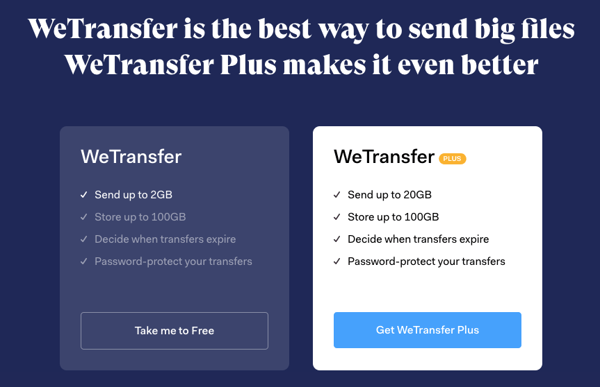
A Free-Trial Freemium Hybrid approach - Spotify
Spotify is a music streaming platform which users can access from their mobile and desktop. It allows the user to create and share playlists, follow artists, save music, and receive customised recommendations to ‘discover more’.
All of Spotify’s features are available to free users. The limitation comes in the form of user experience. Free tier users are limited to the number of skips within a playlist, unable to select specific songs on mobile devices and receive advertisements regularly.
Spotify has successfully reached users who are uncertain about paying for music and provided the value of its product within the free tier. However, the company has included enough limitation to remind users about what they are missing out on by not going premium – this has seen many leads convert into paying customers.
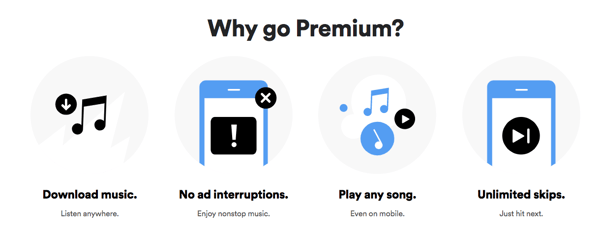
To support the Freemium strategy and to encourage those free users who are still sat on the fence, Spotify also provides a Free Trial of the premium tier for 30 days.
Here, an opt-out approach has been used, meaning the user provides payment details at the sign-up of the Free Trial and automatic billing begins at the end of the 30-day period if the user does not unsubscribe.

Choosing Between a Free trial versus Freemium SaaS Pricing Model
So we have seen how both Free Trial and Freemium plans can convert users into paying customers. Both models have their perks and drawbacks, which means that there is not one correct answer when it comes to choosing between Free Trial versus Freemium.
Your decision should be based on your business, product, and market.
To help support with your strategy, we’ve put together a free eBook and cheat sheet which can be downloaded and used to get tangible results from your Free Trial or Freemium campaign by using tried and tested inbound marketing techniques.
